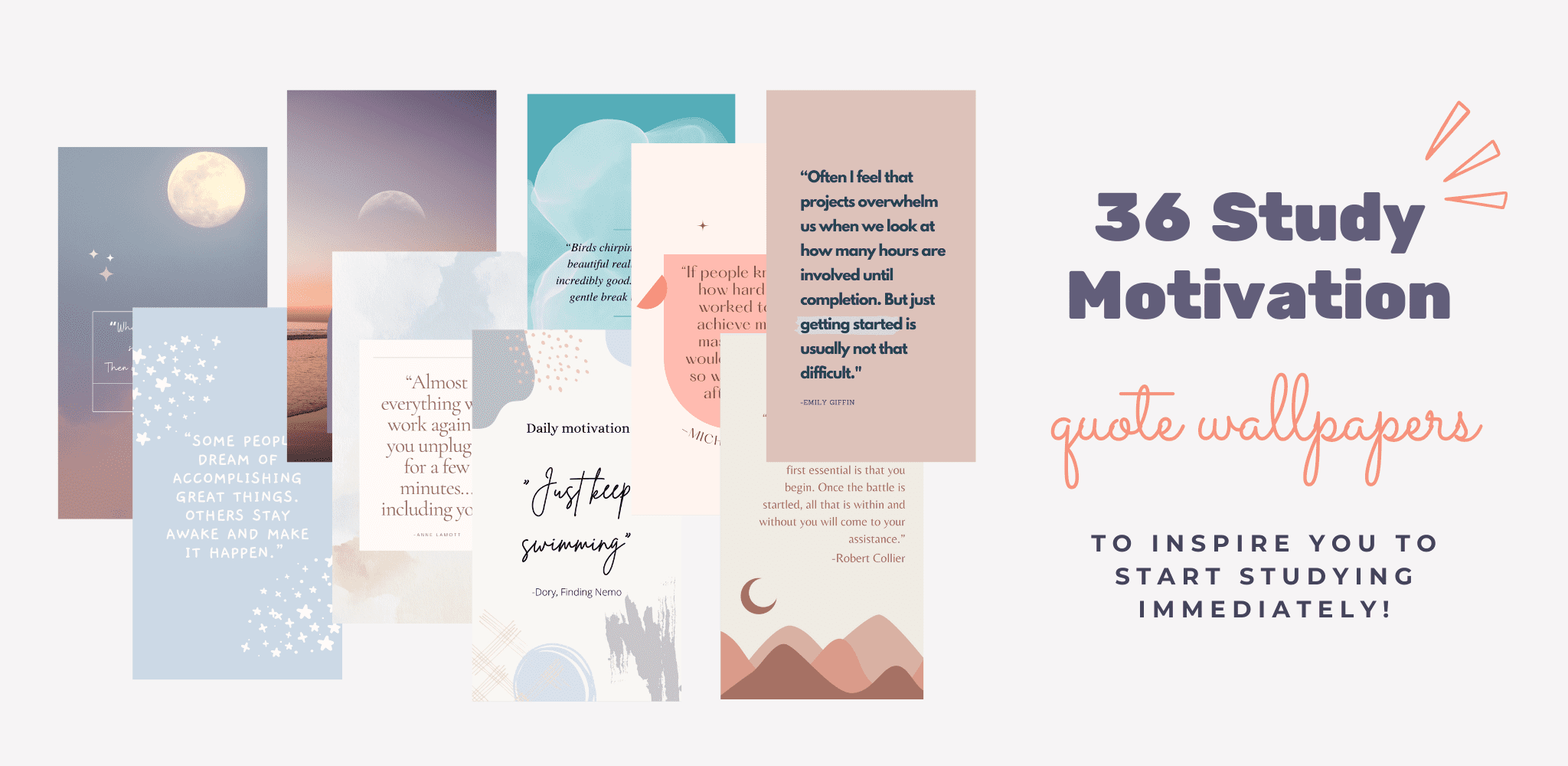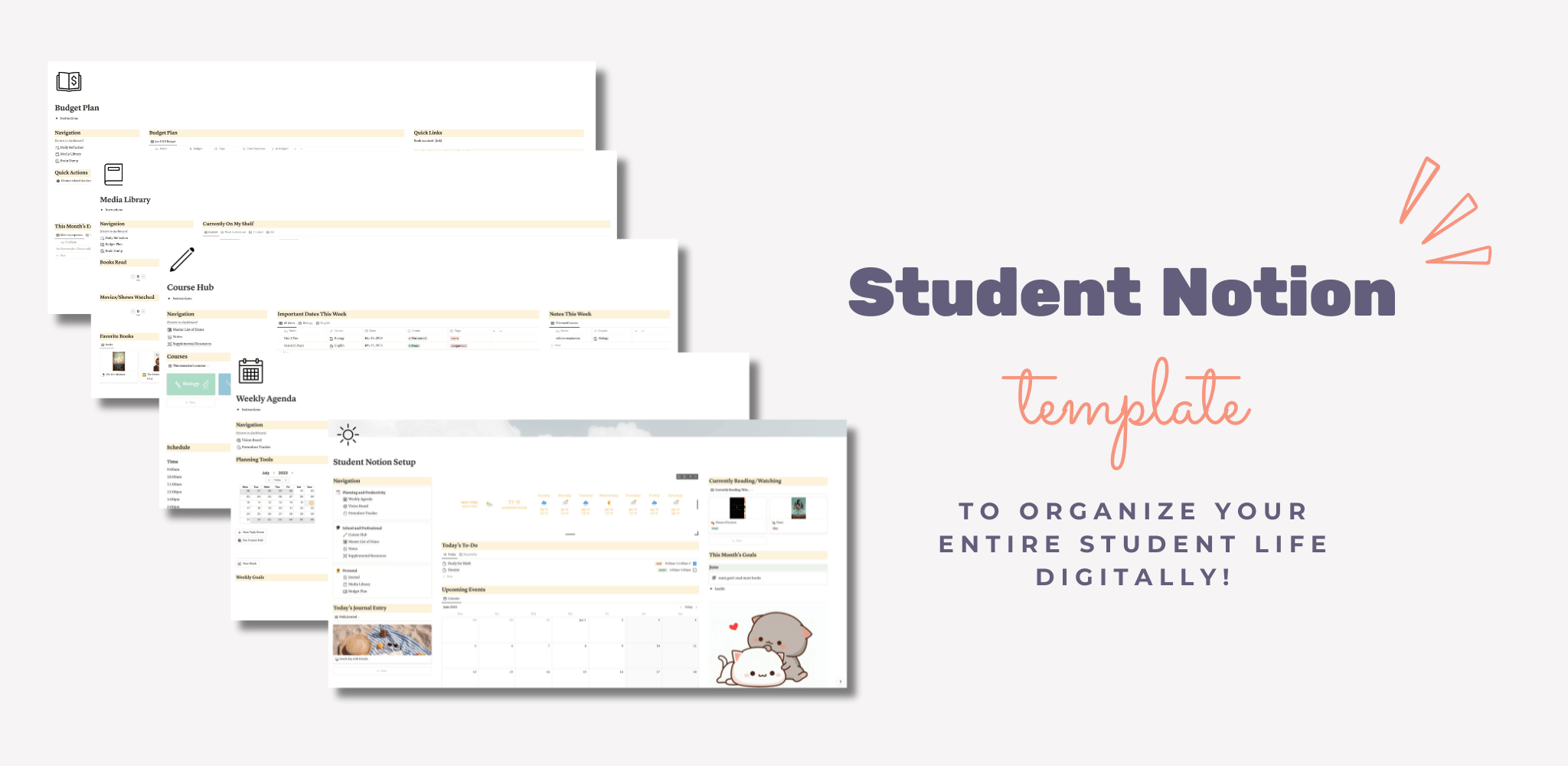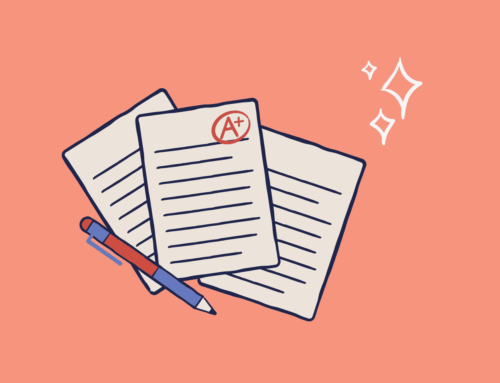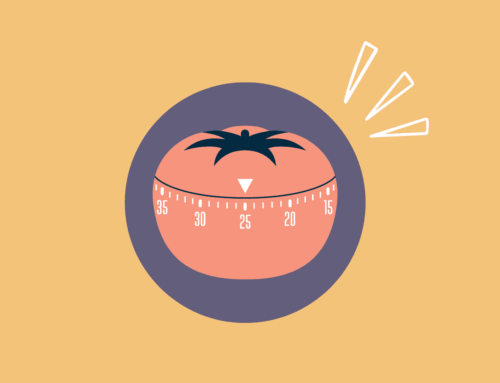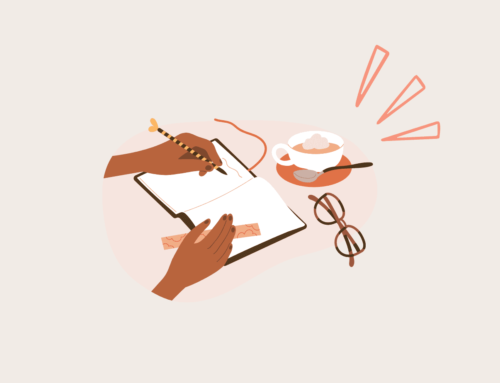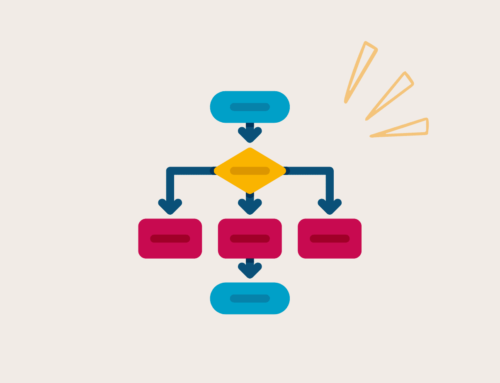
The boxing method of note-taking involves organizing notes into topic clusters with boxes around them. This makes it easy to identify the main ideas and their supporting details.
This method was created for digital note-taking but can easily be adapted to longhand note-taking (handwriting). Whether you’re looking for a way to take aesthetic and organized digital or handwritten notes, the boxing method is a good solution.
In this post, I’ll be covering:
- What the boxing method is
- Pros and cons of the boxing method
- How to use the boxing method in 6 simple steps
- How to study notes taken using the boxing method
- Additional tips to maximize the boxing method
Let’s jump in!
This post may contain affiliate links, which means that when you make a purchase through a link, I make a small commission at no extra cost to you.
What is the Boxing Method of Note-Taking?
The boxing method of note-taking involves putting boxes around topic clusters. You can keep all boxes separate, or you can nest boxes containing subtopics within other boxes.
As you can see, the boxing method makes it easy to distinguish between different topics and their supporting details. It also keeps notes organized and aesthetically appealing.
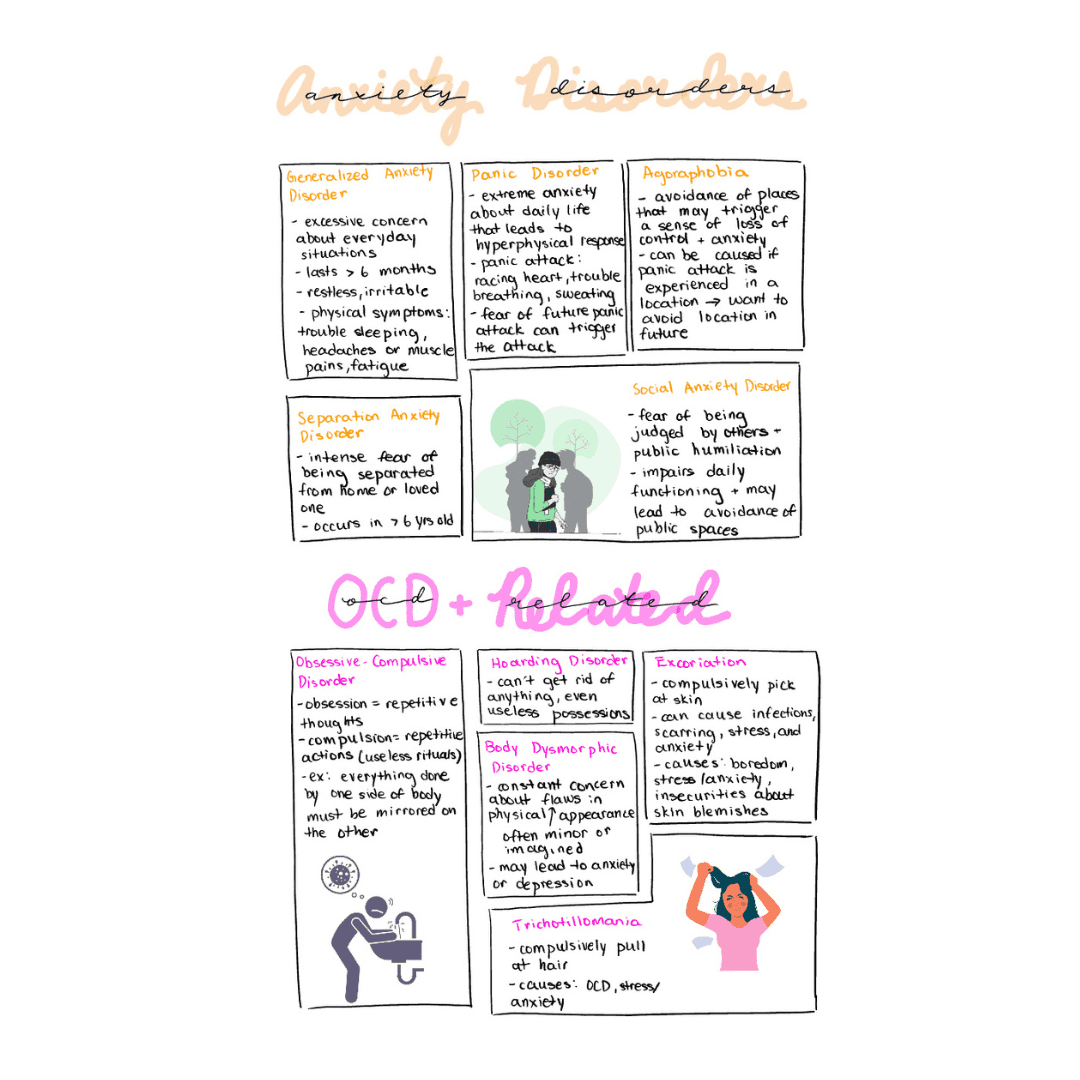
When to Use the Boxing Method of Note-Taking
The boxing method can be used in most classes and lectures. Since it’s typically used for digital note-taking, it can be especially efficient if you’re taking a class with diagrams or other visual material (e.g., biology, anatomy). Instead of drawing or printing the diagrams, you can find online diagrams and paste them into your notes.
However, this method may not apply to unstructured lectures or learning material. After all, if you don’t know what the subtopics or main topics are, it may be difficult to organize your notes into boxes.
You may also like “14 Effective & Efficient Note-Taking Methods”
Can the Boxing Method Only Be Used for Digital Note-Taking?
Despite its digital origins, the boxing method of note-taking can be used for handwritten notes. I suggest using graph paper to make it easier to draw boxes. This achieves the same visual organization effect as boxing notes taken digitally.
However, there is one major drawback of taking handwritten boxing notes: you won’t be able to revise and reformat your notes. In contrast, with a note-taking app, you can move and resize text, add drawings or images, and draw and erase boxes with complete freedom.
If you choose to handwrite, you’ll need to get the format right from the get-go since you won’t be able to make changes later.
Boxing Method of Note-Taking Advantages and Disadvantages
The boxing method is applicable in a wide variety of situations. But as with any other note-taking method, it comes with its advantages and disadvantages.
You should consider these carefully before deciding whether to use the boxing method in a given situation.
Advantages
- Notes taken using the boxing method are easy to review because they’re grouped by topic cluster.
- Notes taken using this method promote visual learning. Not only are notes visually categorized by topic cluster, but you can also add drawings or images. This research study showed that drawing results in better retention than writing. Even if you don’t draw the pictures yourself, viewing images can still improve your retention and learning.
- You can use the boxing method in live lectures. If the lecture is fast-paced, you can jot down notes during class, then add boxes later.
- You can edit your notes easily (if you take them digitally). If you want to move text around or resize it, you can do so using the lasso tool in note-taking apps.
- Notes taken using this method are aesthetic. You can add colors and diagrams to make your notes more visually appealing.
You may also like “Best Aesthetic Note Taking App (Free & Easy-to-Use)”
Disadvantages
- The boxing method can be time-consuming since you need to identify topic clusters, move notes around, and draw boxes.
- You may get distracted by the aesthetics.
- This method is unsuitable for unstructured lectures and learning material.
- If you choose to use the boxing method with handwritten notes, you need to get the formatting right from the start.
How to Use the Boxing Method in 6 Steps
Step #1: Scan the Syllabus and/or Learning Material
If you plan to use the boxing method to take notes during a live lecture, check the syllabus first. Identify the topics that will be covered. If there is an associated textbook reading, scan the reading, and jot down the headings and subheadings.
Step #2: Create Columns and Add Headings
If you’re writing notes in horizontal/portrait format, divide the page into two columns. If you’re writing notes in vertical/landscape format, divide the page into three to four columns.
Then, at the top of each column, add the subheadings you jotted down earlier.
I like to write the overall heading at the top of each page and the columns of subheadings underneath.
Below, you can see an example of notes on psychological disorders.


Step #3: Add Notes
As you’re listening to the lecture (or going over learning material), add notes under each subheading. Use bullet points to separate individual details from each other.
For greater efficiency, don’t write in complete sentences, and use symbols and abbreviations. (Check out this list of 150+ symbols and abbreviations.)
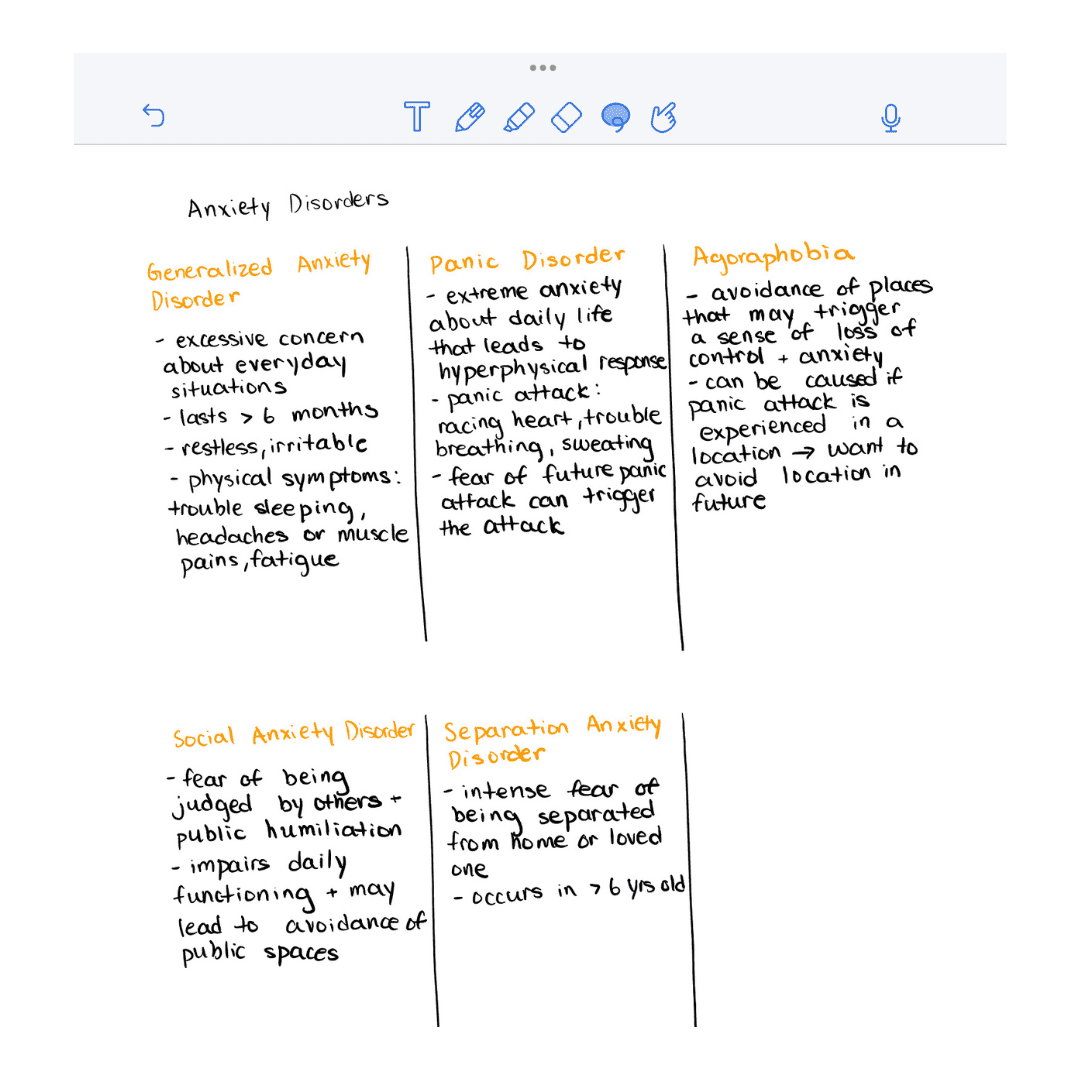

Step #4: Revise and Reformat
After the lecture (or after you’ve finished going over the material), you need to revise and reformat your notes.
Was there something you didn’t fully understand and wish the lecturer and had covered in more detail? Mark these concepts with an asterisk. When you have time, look up more information on them and add additional details to your notes.
Also, drawing and viewing pictures can promote learning and retention. If applicable, add diagrams and other helpful visuals to your notes. You can hand draw them or find online images.
Once you’ve finished adding details and images to your notes, you can move and resize certain sections as you see fit. The lasso tool in note-taking apps makes it super easy to do this. All you have to do is circle the section of text you want to move or resize and apply the change you want.

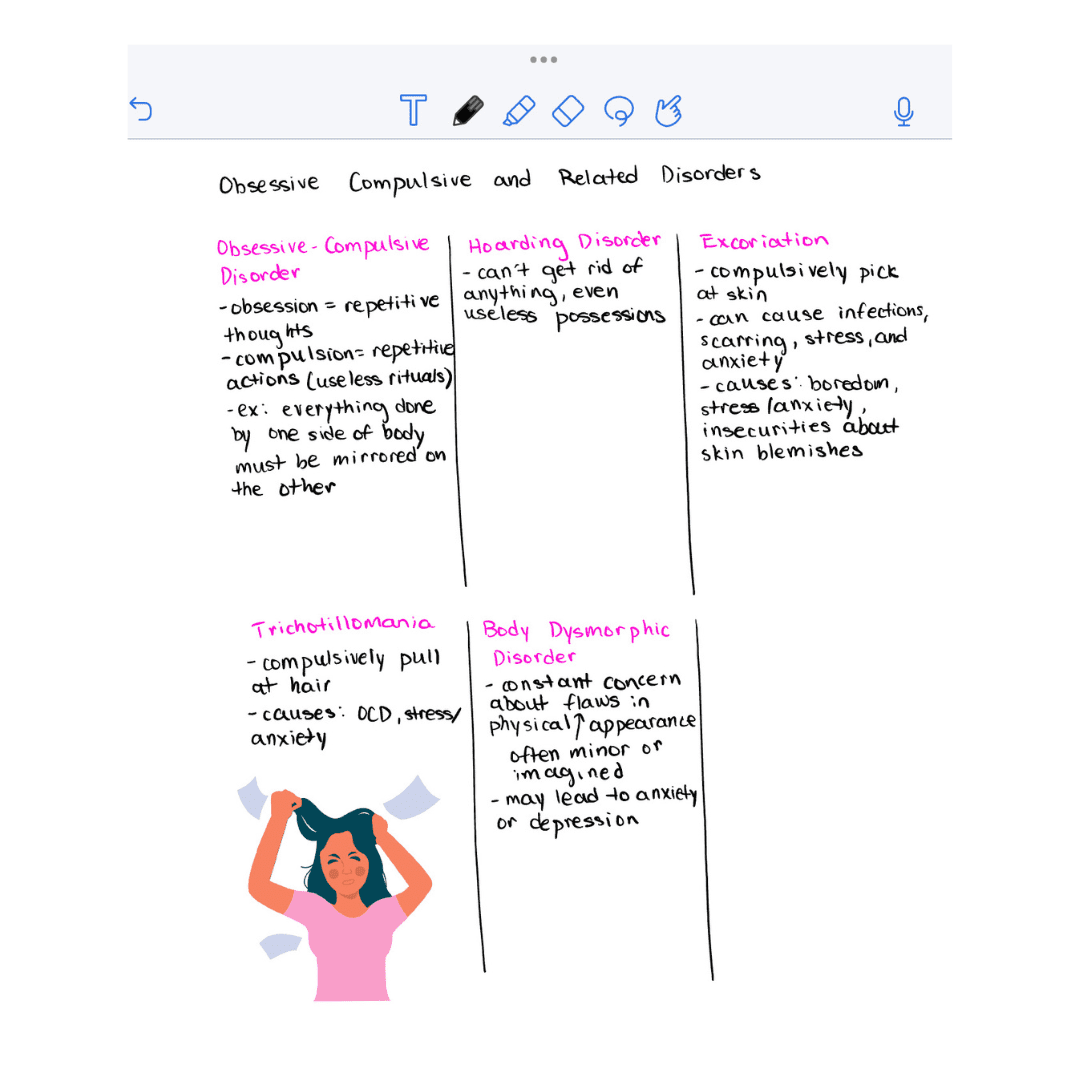
Step #5: Draw Boxes
Draw boxes around subtopic headings and their supporting details.
If you find that a subtopic has lots of details that can be split into further subtopics, add additional headings. When you draw boxes, you can put boxes around the “sub-subtopics” and an all-encompassing box around the boxes of “sub-subtopics” that correspond to a particular subtopic.
Finally, move the boxes around until you’re happy with the layout.

Step #6: Review Your Notes
If you don’t review your notes, you’ll be sure to forget them quickly. This is due to a phenomenon known as the Ebbinghaus Forgetting Curve.
According to the Forgetting Curve, we forget on average 90% of new concepts we learn after being exposed to them once. You should therefore review your notes within 24 hours of taking them.
However, there are effective and not-so-effective ways to review your notes. That leads me to the next section”¦
You may also like “7-Day Dopamine Detox to Skyrocket Your Study Concentration”
How to Study Notes Taken Using the Boxing Method
Use Active Recall
Active recall is an effective studying strategy that should be part of your daily routine as a student. Instead of relying on an external source (like your notes or a textbook), active recall requires you to pull information from your head.
This means that you shouldn’t simply reread your notes. Instead, you should challenge yourself by only reading the subheadings. Try to recall as much as you can before looking at the details beneath.
You may also like “7 Secret Tips For Studying That Will Transform How You Study”
Use Spaced Repetition
To encode information into your long-term memory, you need to review your notes in periodic intervals. This is known as spaced repetition. According to computer researcher Piotr Wozniak, who created SuperMemo (an algorithm that determines when to do spaced rep sessions), the best spaced rep intervals are:
- 1st rep: 1 day after the date learned
- 2nd rep: 7 days after the date learned
- 3rd rep: 16 days after the date learned
- 4th rep: 35 days after the date learned
Spaced repetition can sound like a hassle but is crucial for retaining information in the long run. I use Notion (an all-in-one workspace that I use as a planner app and note-taking app) to automate my spaced repetition schedule. I’ve set up a database so that each time I put my most recent review date, the database gives me my next review date, based on how many review sessions I’ve already done.

You may also like “Best All-in-One Aesthetic Planner App for Students”
Tips to Make the Most of the Boxing Method
Tip #1: Use Symbols and Abbreviations
If you want to keep up with a live lecture (or in general, take notes faster), you MUST have a shorthand note-taking system. Start using symbols and abbreviations in your notes to increase your speed.
If you’re not sure what to use, check out this list of 150+ symbols and abbreviations for note-taking.
Tip #2: Do It Digitally
One of the great benefits of the boxing method of note-taking is how revisable it is”¦ but only if you do it digitally.
The handwritten version presents benefits over traditional note-taking methods””it makes it easy to see topic clusters and is visually appealing.
However, it is not nearly as customizable as the digital version. By using the boxing method digitally, you can move your notes around and add online images.
Tip #3: Choose a Good Note-Taking App
Personally, I’ve used Notability for several years. If I have lecture slides to mark up, I export them to Notability. If I have an assignment that can be completed digitally, I export it to Notability. If I want to take notes using the boxing method, I do so in Notability.
Notability makes it easy to organize notes by subject, embed images, and use templates, amongst many other features.

I often use Notability to mark up lecture slides.
Other popular options for note-taking apps include OneNote and GoodNotes.
Tip #4: Use a Good Stylus
I have an iPad, so naturally, I’ve paired it with an Apple Pencil. No matter what device you’re using, you should invest in a high-quality stylus.
Bad styluses will make it difficult to control your handwriting, and overall, provide a poor user experience.
Tip #5: Highlight and Underline
To maximize the visual learning benefits of the boxing method, you should highlight and underline keywords and phrases.
You can even color code your notes. For example, you may choose to highlight keywords under one subtopic with one color and keywords under another subtopic with a different color.
Tip #6: Use Graph Paper (for handwritten notes)
To make handwritten notes more organized, opt for graph paper (unless you have a special gift of drawing perfectly straight lines).
FAQ
What are the pros of the boxing method?
The boxing method makes it easy to make your notes organized and aesthetic. It’s also easy to use during live lectures, and unlike the sentence method (another popular note-taking method for live lectures), you don’t need to rewrite your notes after.
If you take your notes digitally, you have the added advantage of being able to revise and reformat notes easily. Also, you can add images, diagrams, and even color coding to supplement your learning.
What are the disadvantages of the boxing method?
The boxing method is unsuitable for unstructured lectures and learning material. If you don’t know how the information is organized, it’s difficult to organize your notes into boxes. (In this case, the sentence method could work better.)
Also, the boxing method may become more inefficient than efficient if you get too caught up in the aesthetics.
What is the most effective note-taking method?
There is no single “best note-taking method”. Different note-taking methods work well in different situations. However, no matter the note-taking method you use, you must employ active recall and spaced repetition to better understand and encode information into your long-term memory.
In the “How to Study Notes Taken Using the Boxing Method,” I discussed how you can apply active recall and spaced repetition.
Of course, you can also apply these techniques to notes taken using other methods, all of which have unique pros and cons.
The mapping method, for instance, provides a visual way of seeing the relationships between topics. The charting method makes it easy to compare and contrast information. The outline method (much like the boxing method) provides a visual hierarchy of topics. The flow method (one of my favorite methods for live lectures) helps you see the logical flow of ideas.
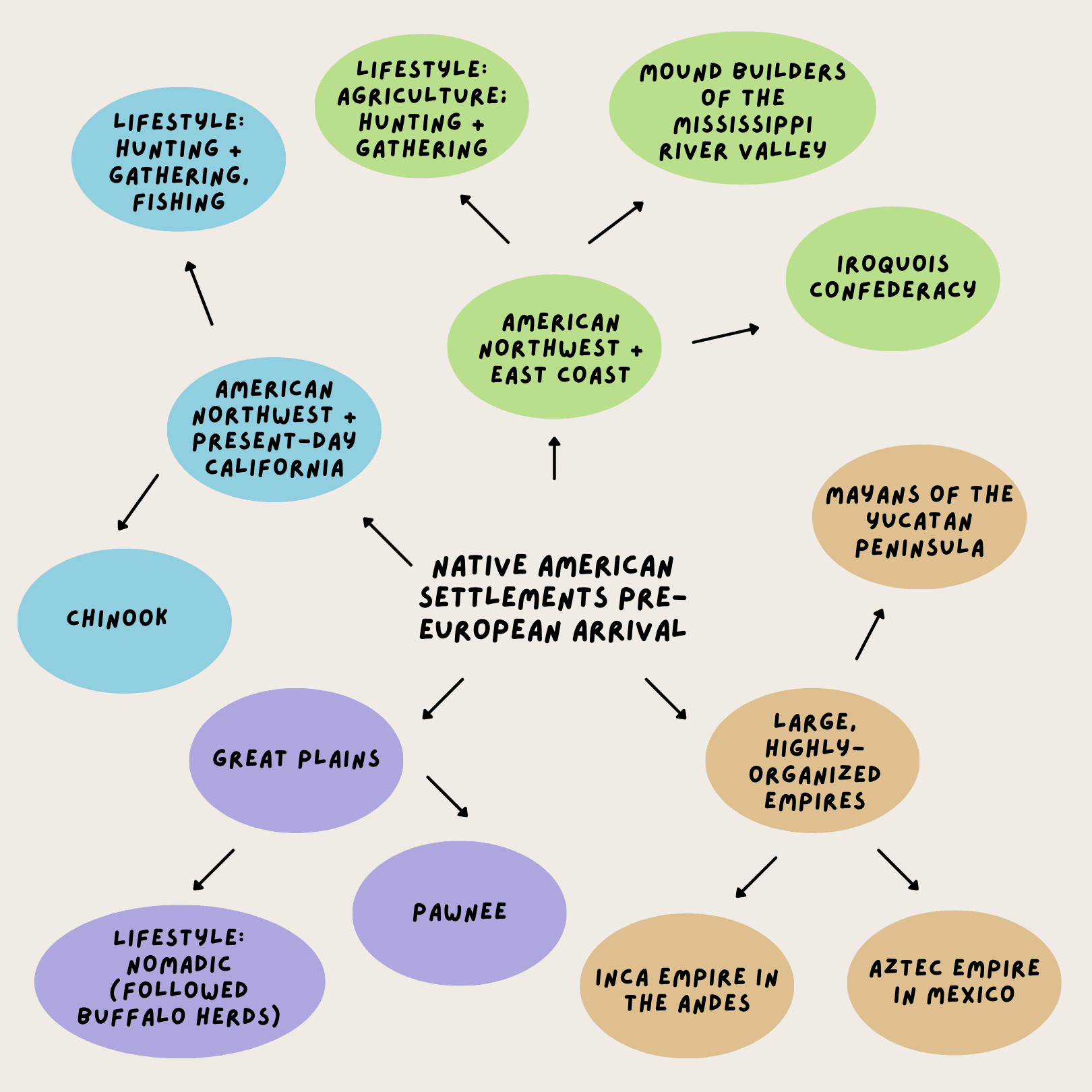
This is the mapping method of note-taking.

This is the charting method of note-taking.

This is the outline method of note-taking.

This is the flow method of note-taking.
These are just a few of many effective note-taking methods. See this post for 14 note-taking methods and the situations in which you should use them.
Overview of the Boxing Method of Note-Taking
The boxing method of note-taking involves grouping notes into topic clusters and drawing boxes around these clusters. It’s a versatile method that can be used for most subjects and lectures.
Although the boxing method was originally invented for digital note-taking, it can be easily adapted to handwritten notes.
The method provides several benefits””it makes your notes organized, aesthetic, easy to review, and customizable. Here is a quick review of how to use it:
- Go through the syllabus and/or learning material and identify the headings and subheadings.
- Split your page into columns and write down the subheadings.
- Fill in your notes during class or while going over the learning material.
- After class, revise and reformat your notes if necessary.
- Draw boxes around topic clusters.
- Review your notes using active recall and spaced repetition.
And that’s it!
For more on note-taking, check out these posts:
For more posts on studying and note-taking, check out:
- 5 Ways to Increase Attention Span While Studying Immediately (+ 5 Long-Term Methods)
- Best Aesthetic Note Taking App (Free & Easy-to-Use)
- How to Use the Forest App for Studying
- 11 Ways to Stop Getting Distracted by YouTube While Studying
- How to Apply Atomic Habits to Studying to Get Better Grades
- 7 Secret Tips For Studying That Will Transform How You Study
Will you be using the boxing method of note-taking? If so, what note-taking app will you be using? Let me know in the comments below!

Learning With Angie is a place to share honest, unfiltered advice to promote student success. So if you’re a student (high school, college, or beyond) looking for tips on productivity, studying, personal growth, and more to reach your potential, this is the place! To read more about Learning with Angie, click here.

